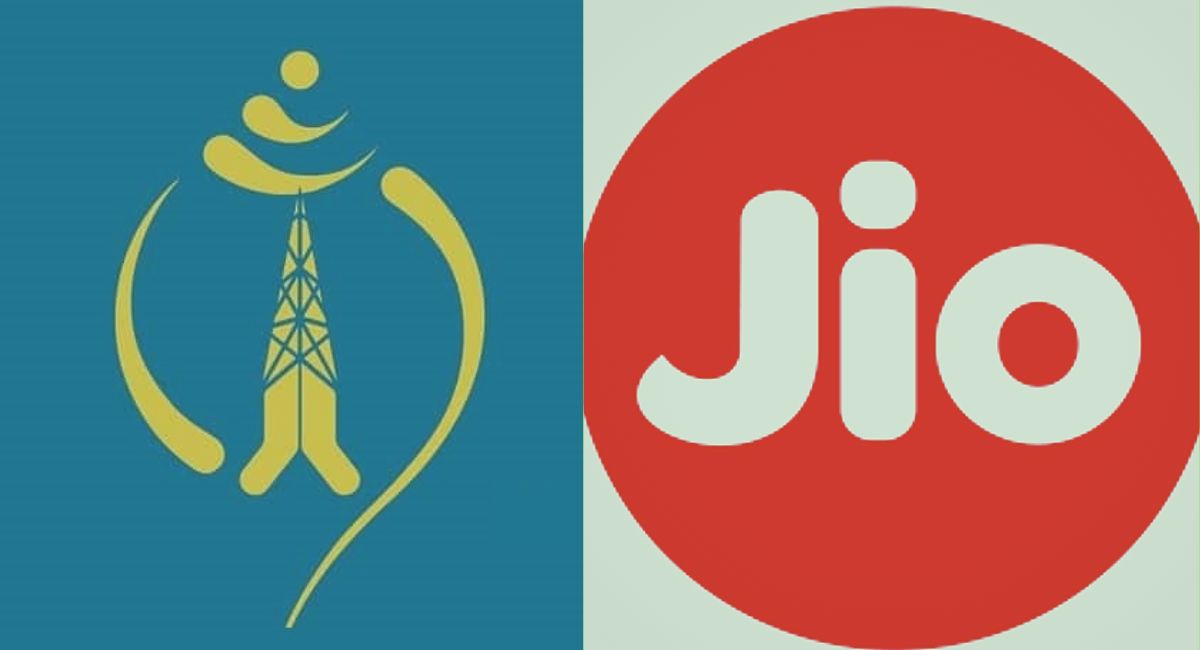Nepal Telecom (NTC) has reportedly shut down the WiMAX service following the interference from the Indian Telecom company, Jio. After eight years, the high-speed wireless internet, Wimax, comes into a halt in Nepal, especially in the southern border areas.
A report says that the frequency band used by Nepal Telecom to operate WiMAX and the frequency band used by India’s Reliance Jio Mobile for 4G interfered with each other. As a result, Nepal Telecom shuts down the WiMAX network in the southern Terai areas. Let us find out in detail what brought WiMAX service in Nepal to a standstill.

Wimax service in Nepal
The initiation of the WiMAX service in Nepal dates back to 2069 B.S. This technology was anticipated to be useful in remote areas of Nepal due to its extensive coverage feature for the fixed wireless broadband service. Within five years, NT expanded the Wimax service throughout the country.
At first, NTA provided the 2.3 GHz spectrum band to Nepal Telecom for free with a condition to charge the frequency fees at a later date. Internet users in Nepal were highly curious about Wimax due to its greater flexibility but, due to interference issues in coverage and requirement of additional devices, most of the people were unable to opt for this service.
Due to this, Nepal telecom also decided not to invest more in WiMAX and CDMA technology, in 2017. But both technologies are still not phase-out here in Nepal.
In some remote mountainous areas, WiMAX is the only internet service solution that they could use.
https://www.facebook.com/Nepaltelecoms/photos/a.517183908389178/2061931710581049/?type=3&theater
What led to WiMAX shut down at the Nepal-India border area?
When two types of technology operated in the same frequency bandwidth at the Nepal-India border area, it became difficult for NT to continue WiMAX service. There was a huge complaint regarding poor internet service from WiMAX from the customers. The Jio network operating in the India side border interfered with the Wimax network in Nepal.
Nepal Telecom, Reliance Jio, and Nepal Telecommunication Authority (NTA) were in constant contact and participated in several meetings in the past to solve the problem. Nepal Telecom had operated the Wimax service through 2300 megahertz frequency bands. Reliance Jio used the same spectrum band and the same frequency range for 4G service. So, there existed an RF interference issue between the two networks.
Although both the companies suffered from interference, Nepal Telecom’s WiMAX internet service was more severely disturbed. Time and again, when problems continue to emerge, Nepal Telecom closes those WiMax towers in the Terai region. Following this, they also stopped the expansion of WiMAX in the whole of the country. So, Nepal Telecom has planned to migrate the WiMAX service to the latest 4G technology with the same 2300 MHz frequency band. Find the other two frequency bands used for 4G in Nepal Telecom.
OAG report on WiMAX spectrum
Kantipur reports from the yet to be published OAG (Office of Attorney General) report that the Telecommunications Authority (NTA) has not carried out adequate monitoring to prevent frequency interference. The report mentions that it is the regulator’s responsibility to monitor and avoid interference frequency as per Radio Frequency Policy.
Earlier OAG report had also suggested Nepali telecom operators have one of the highest profit margins in the world, making it expensive.
Conclusion
OAG report has pointed out the NTA failed to monitor the cross border RF interference and reach a solution that could have saved the WiMAX service. Though Nepal is currently facing a problem regarding WiMAX service, there is a vast scope of expanding 4G and 5G service for wireless broadband in Nepal. It requires proper monitoring and cooperation from the regulator to manage the spectrum issues both inside and cross-border.
In the absence of Wimax service, how do you think NTA should provide internet connection in remote areas? Please share your ideas with us in the comment section below.











